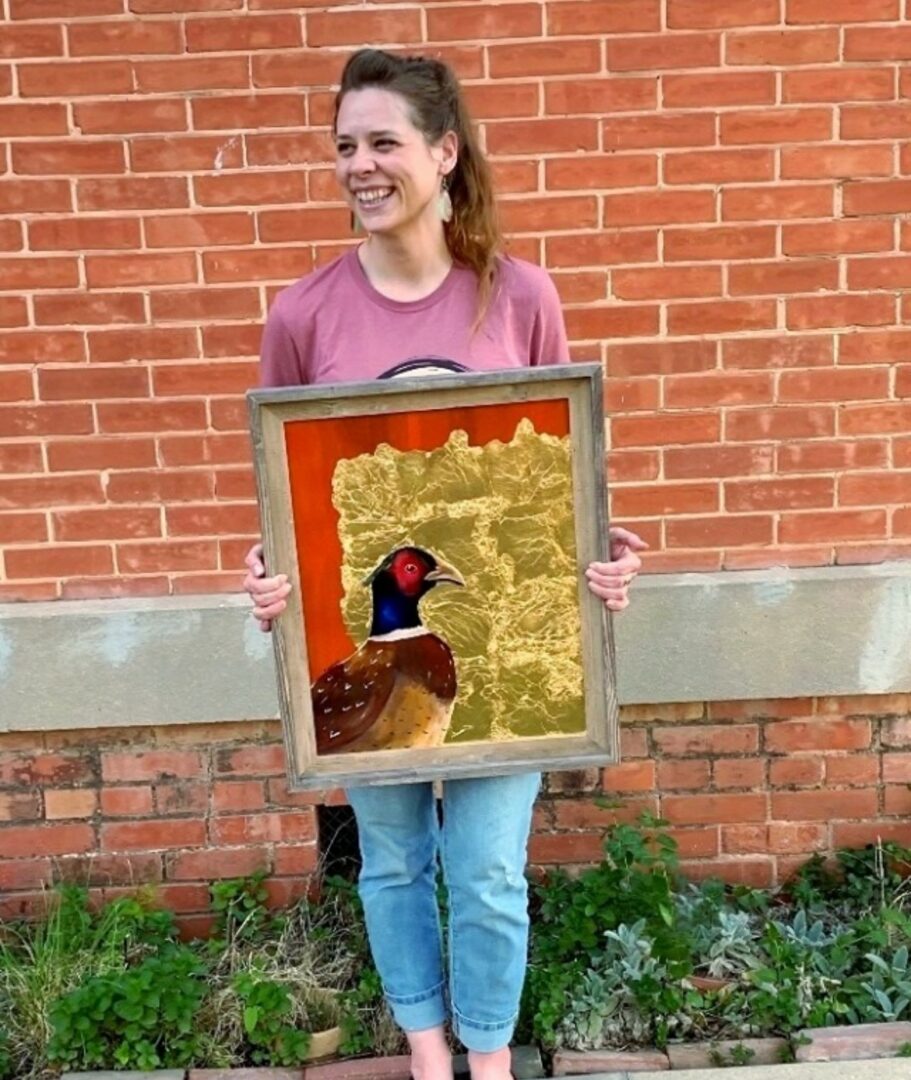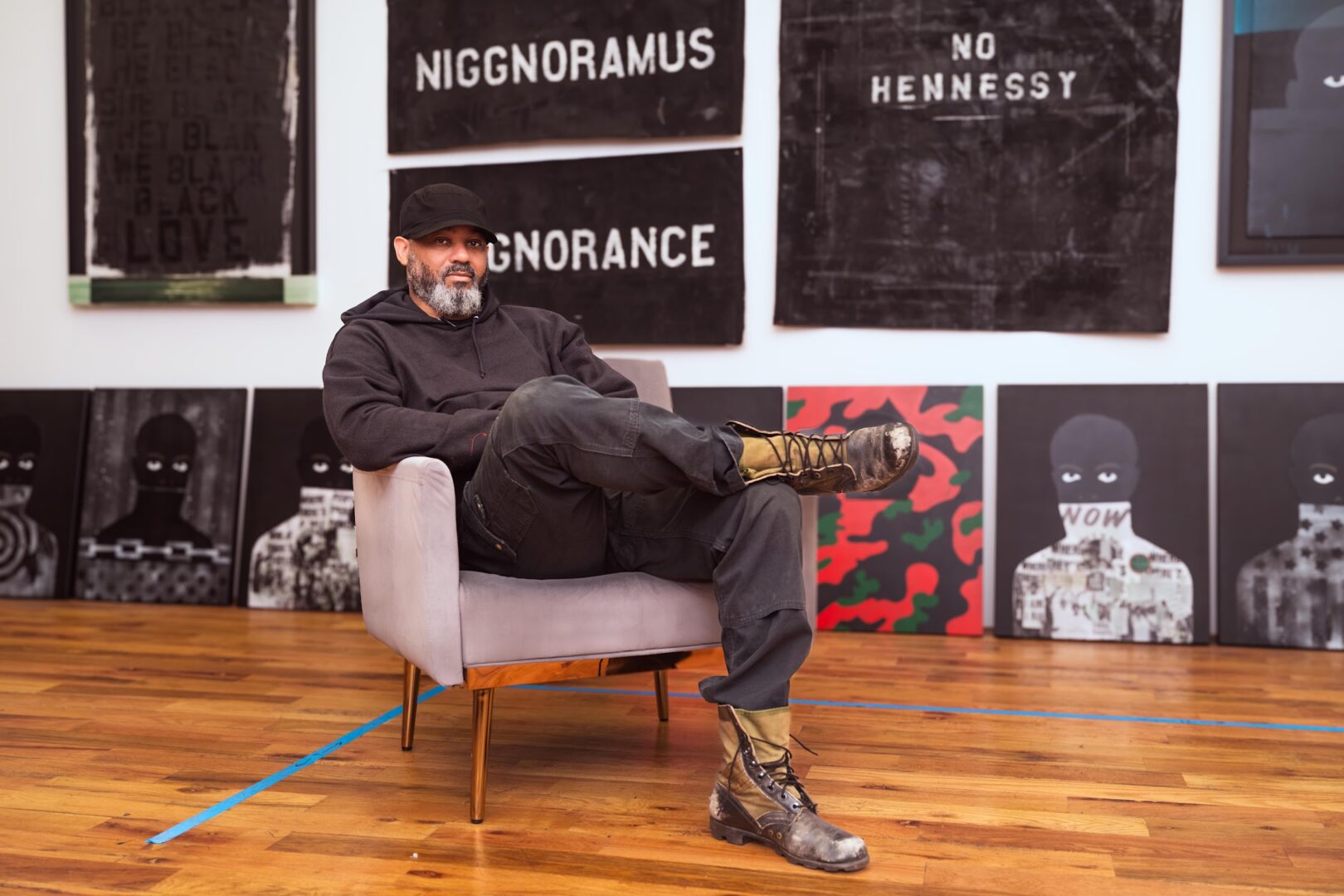We recently had the chance to connect with Heather Wylie and have shared our conversation below.
Heather , so good to connect and we’re excited to share your story and insights with our audience. There’s a ton to learn from your story, but let’s start with a warm up before we get into the heart of the interview. Who are you learning from right now?
I’m learning from this new season of my life. My father passed away in the spring of this year and I had my second child almost a month to the day later. Those two large life events ushered me into a season of profound grief and joy. I’ve been trying to give myself a lot of grace. A well-meaning loved one once told me that artists create their best work in times of heartache; that has never been true for me. When I feel overwhelmed, I struggle to create. I’ve realized that I’m in a period of my life where I am learning to practice the pause. I am trying to remember to breathe. I used to focus on creating something every day, even if that meant that I only painted for thirty minutes at a time. I used to set an annual goal of hundreds of pieces of art that I wanted to complete before the next calendar year began. Now, I create in moments with less structure. I don’t have a specific art goal. Sometimes I work in my studio, sometimes I don’t. What I’ve found is that I enjoy my creative work more than I thought I would with less structure. I create pieces by embracing curiosity that I haven’t felt in a long time. I don’t have the pressure to complete something (usually self-imposed pressure) and I am able to focus on the smaller details in a piece or trying new techniques. I’m remembering that art is fun; art is about exploration!
Can you briefly introduce yourself and share what makes you or your brand unique?
I’m an artist, writer, and illustrator. I live in Texas with my husband, our two children, dogs and cats. I’ve been a professional artist since 2020, when I opened my studio; I’ve been making art since I was fifteen years old when I began studying under the guidance of Katherine Pittman. Pittman’s mentorship continues to instill in me a profound appreciation for the power of art and the wonders of the world around me. I have a background in literature and history, and find that my academic background influences my artwork. Academically, I loved focusing on animal imagery and lore in literature. I find that my love of animals shines in my work. Each animal I paint has a story and I love sharing it or information about the living animal that inspired my artwork. Nature serves as endless inspiration for my work, especially the Big Bend region of Texas. Many of my paintings feature Texas wildlife form jackrabbits to javelinas to ravens. When I consider my impact as an artist, I am reminded that all art is political. I want to educate people through the use of animals and I hope that they are inspired to learn more about our natural world; something so precious and finite. I wrote one of my first books about different animals in Texas and am currently working on a second book with more animal friends that one may encounter in the state.
Okay, so here’s a deep one: What’s a moment that really shaped how you see the world?
Becoming a parent is the moment that most shaped how I see the world. It made me more aware of everything I love that I want to share with my children and of areas that need our collective attention. I remember being a young teen on a road trip with my parents. Somewhere in New Mexico I’d drifted off to sleep in the back of the minivan. The tone in my mom’s voice woke me up, and I’d realized we’d stopped. My dad had gotten out of the vehicle and was standing in the middle of the highway. He had two huge sun shades and was using them to try to guide two massive bull snakes across the road. I remember watching the snakes rear back and strike at the sun shades. My mom, sister, and I were so worried that he’d be bitten by one of the snakes or hurt by a car; instead, he helped both of the snakes cross the road and got back into the minivan like it was a daily occurrence. I realized that for my dad, a vocal animal lover, it probably was a daily occurrence. My dad was the kind of man who always seemed to intuitively know what to do for an animal; he was always aware of the importance of the natural world. Being raised with that kind of emphasis and now having children of my own, I want them to understand how important animals are for all of us – and the dangers that they face from humankind.
If you could say one kind thing to your younger self, what would it be?
If I could say one kind thing to my younger self, I’d tell her “I know you did your best! No one is perfect when they try something new.” I tried to hold myself to such a high standard. I wanted everything that I did to be perfect. I didn’t realize that when you try something new, it won’t be perfect – and that nothing humans make is perfect and that’s part of the beauty of creating. I remember hating new things. I didn’t want to try new activities. I didn’t want to try new paint mediums, new techniques, new hobbies, etc. I was often so worried about failing at something I wasn’t familiar with or people thinking something about me I couldn’t control. My feelings often held me back from experiences and meeting people. I was reluctant to try a new activity if I felt like I would fail. When I did try something new, often the experience was very positive! But, that old fear kept holding me back. Just because something is new or unfamiliar doesn’t mean that it’s bad. The act of failing is just as important is trying; if you fail at something you tried, you learned it didn’t work, and you can try something else. I think about how many half-finished projects are sitting in my studio and they are a testament to trying and that’s pretty cool!
So a lot of these questions go deep, but if you are open to it, we’ve got a few more questions that we’d love to get your take on. Where are smart people getting it totally wrong today?
I am disappointed to see many intelligent people falling for the convenience of artificial intelligence (AI). While I do believe that AI can be a beneficial tool in many spaces, I also have to consider the cost – especially to the environment. I am aware of a large data center that is near completion close to where I live. I am aware of the massive amount of water the data centers use; a waste of finite resources. Generative AI, which creates content, is often viewed as a great, innovative tool. It’s so easy to plug a prompt into an AI and sit back and let it generate colorful, seemingly creative images. Not only are AI’s generating images based on illegally obtained training materials, as they are trained using stolen art, they lack the soul that comes from human creativity. Instead of investing significant money into developing AI, businesses should invest in creative humans. The original Arts and Crafts movement developed in protest against the Industrial Revolution, and I believe that there will be something similar that comes from the protest against AI. It’s a mistake to discredit the importance of human originality and creativity. AI will never make art more wonderfully than a human being. AI will never write a story more meaningful than a human author. The argument that those using generative AI to make their own “art” is based off of fallacies – and they use that tool does not make one a creative.
Thank you so much for all of your openness so far. Maybe we can close with a future oriented question. Could you give everything your best, even if no one ever praised you for it?
Praise from other people is wonderful. That engagement and attention feels wonderful; this is part of what makes social media so successful. Seeing someone “thumbs up” or “heart” a post that you’ve made is great! Seeing someone in person and being praised for your work is awesome! But, I’ve worked for a long time to come to a place where I could still give everything to my art, even if I wasn’t ever praised for it. I often think of my personal history: I painted for a very long time without telling anyone that I was an artist. I learned to trust the way that I engaged in my craft meant that I was the only one who knew if something was correct or incorrect. The way that I feel (the satisfaction or dissatisfaction with a piece of art) is the most important aspect of my creative process. I am the ultimate authority, and because of that I also have to be the person who validates my process and my work. Does it still feel good to share what I’ve made, what I’ve worked so hard to create, with other people? Absolutely! And I do! I also know, though, that I’m not dependent on their feedback to know that I’ve created something I can be pleased with and proud of!
Contact Info:
- Website: https://www.hwylieart.com
- Instagram: https://www.instagram.com/hwylie_art/
- Facebook: https://www.facebook.com/HWylieArt/
- Youtube: https://www.youtube.com/channel/UCmcmtTP7zTi9YCVDNbWW_Tw
- Other: Blue Sky:
@unxpctdisvry.bsky.social
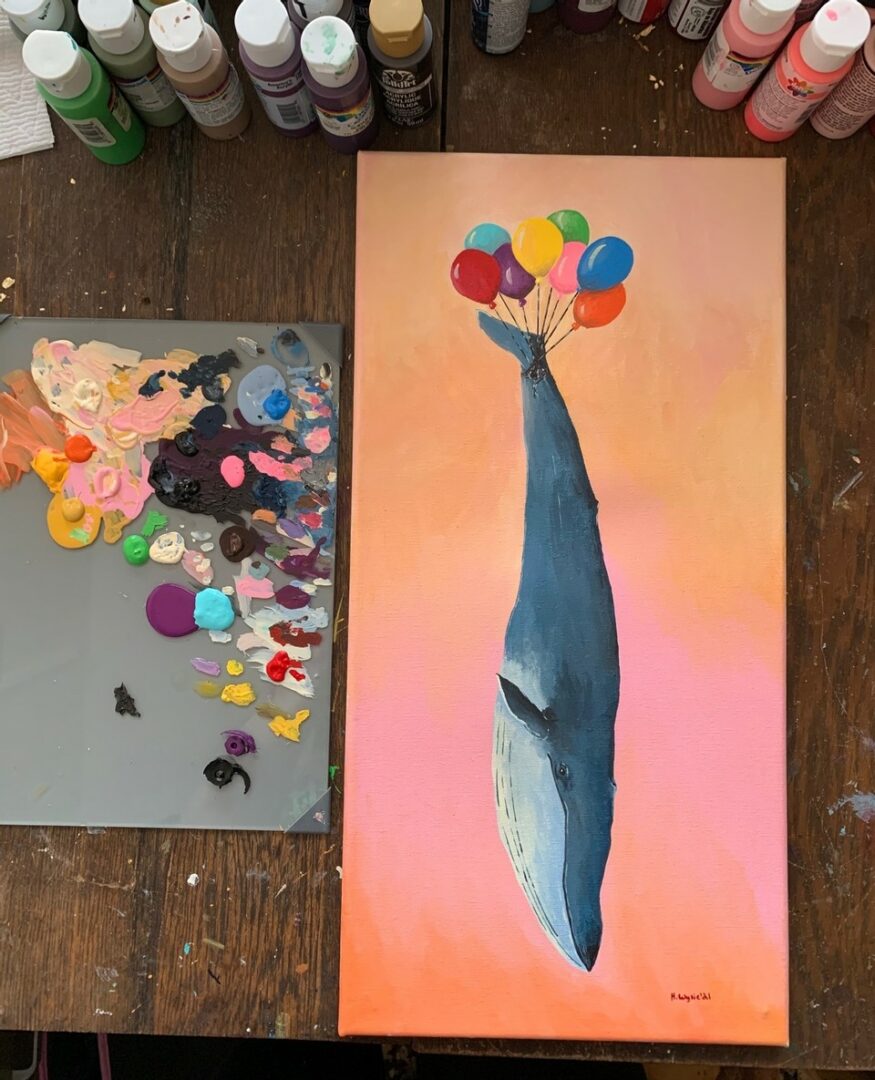

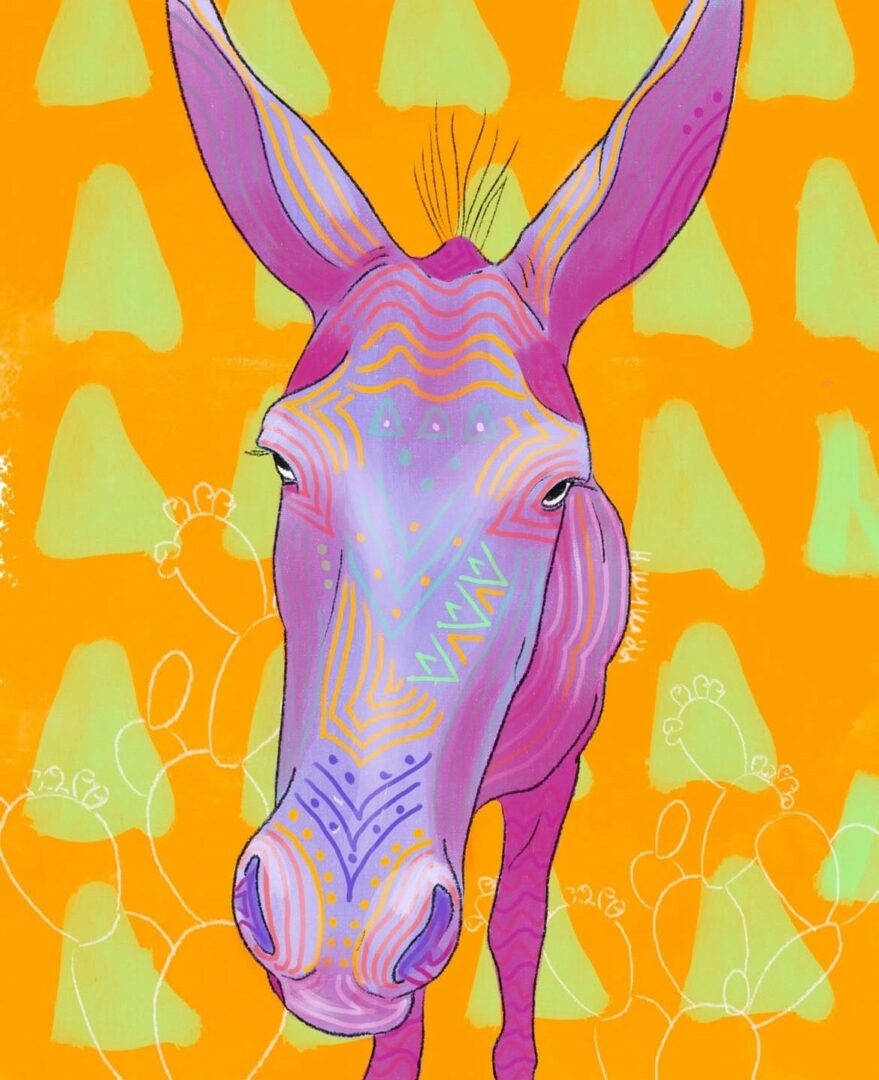

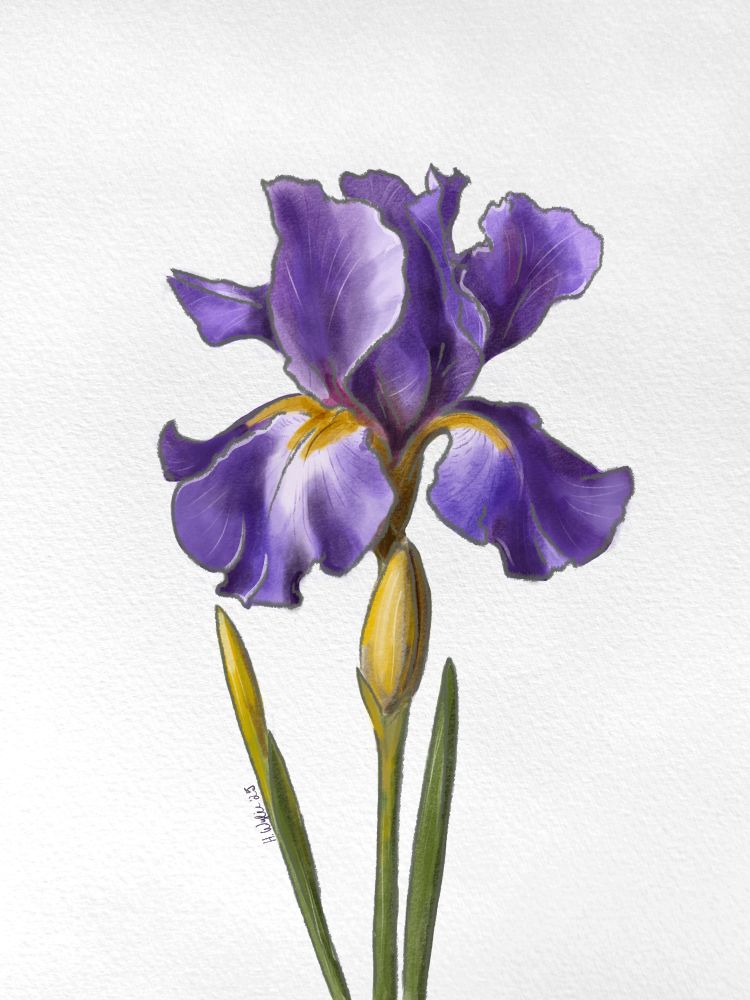
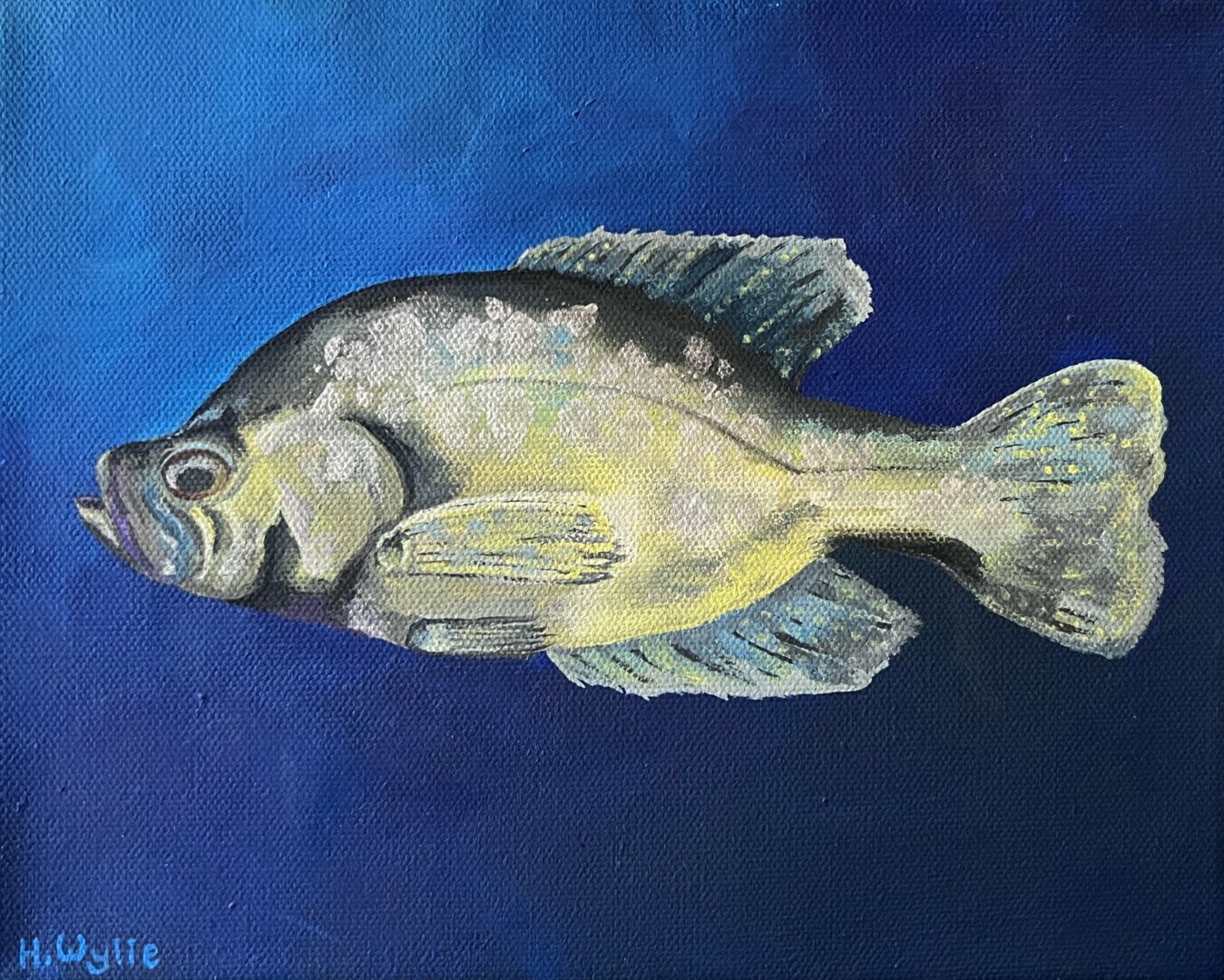
so if you or someone you know deserves recognition please let us know here.

